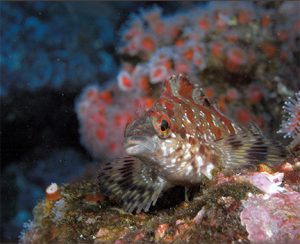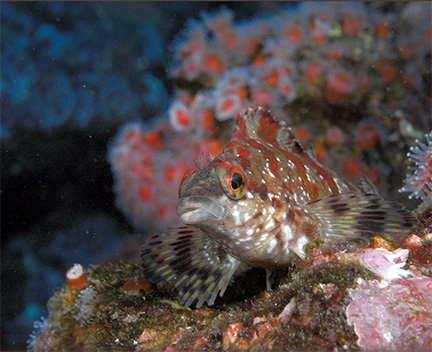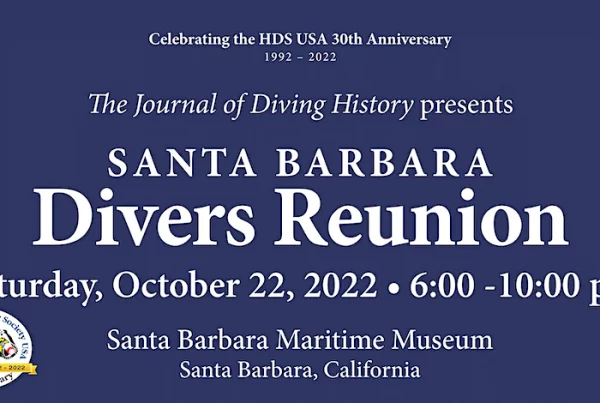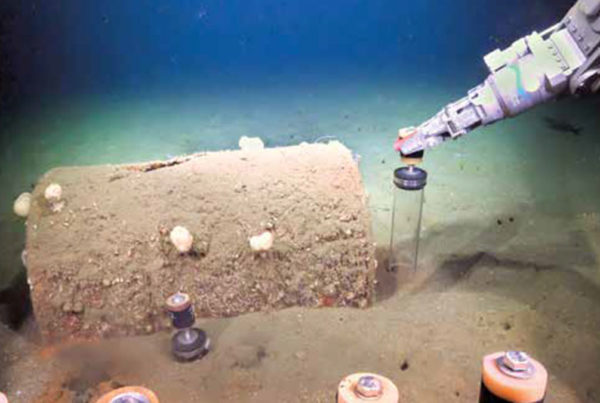 At-A-Glance
At-A-Glance
Skill Level: All
Location: The largest promontory on the front side (mainland or north side) of Catalina Island. GPS N33°24.335’, W118°21.996’ for Pirate’s Cove anchorage.
Access: Boat only.
Entry and Exit: Smooth and easy from your boat or a charter.
Depth Range: 20 to 40 feet inside cove. Up to 130 feet outside the point and to the west. Snorkeling good in shallow waters in the cove.
Conditions: Pirate’s Cove is protected from prevailing weather by Long Point.
Visibility: Good to excellent.
Photography: Good macro and wide-angle photo ops.
Hunting: None. Outside of point to the northwest is a reserve. Nothing may be taken or disturbed. Inside the cove and to the southeast, poor.
Cautions: Boat traffic and lots of it. Always fly a dive flag. Currents, some powerful, off northwest side of underwater rocky ridge.
Few dive sites work for all levels of divers. Even fewer offer something exciting for all experience levels. Long Point is one of those few locations.
Long Point, as its name implies, is a long stretch of rocky reef. Away from the island is a submerged current-swept cliff face ideal for the adventurous advanced diver. The rocky point extending underwater as a multifaceted ridge, into deepwater to the east and offshore is an ideal area for the intermediate diver. Novice divers will enjoy exploring Pirate’s Cove.
Pirate’s Cove is the anchorage for this dive site. Inside on the southeast side of the point, anchorage is easy over a sand and gravel bottom that drops rapidly from the cliffs to 20 feet and then gradually to the east. The sand and gravel bottom is ideal for class check out dives.
Don’t immediately dismiss the shallow sandy area as devoid of life. One of the more interesting characters found here is the mantis shrimp. They burrow in the sand and venture forth at dawn and dusk to feed, but you can find them hunkered down in their burrows during daytime dives. Mantis shrimp have the most sophisticated eyes in the animal kingdom, able to articulate independently with a wide field of view and see ultra-violet through infrared. Keep your fingers clear, however, they sport a knife-like claw that can inflict a deep wound.
An even more common crustacean is the sheep crab. Other interesting marine life across these flats include small flounder, sand dabs, sole, baby halibut, and bat rays. The reef up against the wall, however, has the most interesting critters — moray eels. There are not a lot of them and they are accustomed to visiting divers so they will often come out of their lairs.
Beginning divers should also spend some time on the inside of the reef off the point, exploring the rock faces and the many animals living there. Sometimes there is kelp here. The best part of this reef, however, is on the other side.
Intermediate divers can traverse the rocky ridge through one of the many deep canyons between the sharp peaks and onto a steep drop-off. Look for the black and yellow striped treefish. Other reef fish are abundant, including painted greenlings, island kelpfish, and ghost gobies. Tiny but intensely colorful blue-banded gobies are abundant across the reef. You’ll find a variety of nudibranchs and ochre stars. Take a moment to back away from the reef into the open blue (if the current is not too strong) and take in the sunlight as it streams through the clear water and reaches the jagged reef below. You’ll probably spot a variety of colors, including orange dots of garibaldi, blue blacksmith, and slivers of green opaleye.
Toward the point and to the northwest, the rock face becomes steeper, eventually becoming a vertical wall. This is territory for the advanced diver. Currents are common and often strong, usually running from west to east. This section is also more open to rough seas. Gorgonians adorn the walls of this rock face. Because the wall is in the shadow of the point, however, this can be a dark section. Look out to sea and you might spot a giant black sea bass.
On the northwest side of the point is the Long Point State Marine Reserve. No hunting whatsoever is allowed. Inside the cove and to the southeast hunting is permitted but there is very little to spear or take.
If a boatload of divers of all experience levels — novice through advanced — pull up to Long Point, not only will this dive site be able to accommodate all their levels, each diver will have an exciting and fulfilling experience underwater.











